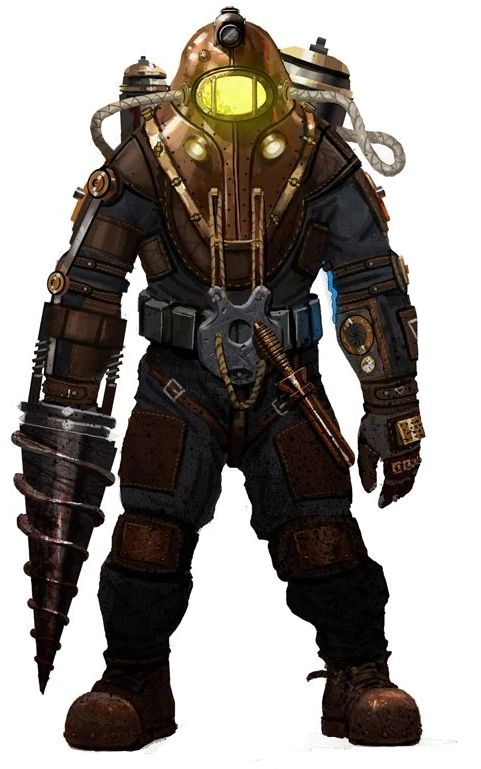We spent a lot of time talking about gender and feminism in class, because of this I had a feeling that it would be a common topic to blog about. I was curious what my classmates would come up with in terms of games that addressed or failed to address this topic. In my mind I had already picked games such as GTA and Gone Home, which fit both sides of the spectrum for how they approach these two major subjects. I was reading through people’s blog posts, and found that Samantha, Emi, and Luke all wrote about misrepresentation of women in videogames. Sam Wrote about Grand Theft Auto, a game the, unsurprisingly, was a common topic in class and in our blogs. I agreed with most of what Sam wrote as GTA is well known for its objectification and misrepresentation of women. Emi chose to write about Bioshock which surprised me. I had never thought of Bioshock as a game that sells masculinity. Her post made me think more about Bioshock Infinite more than the original, which she wrote about. The “little sisters” are just little girls, yet in Bioshock Infinite you have a female follower that is very powerful and eventually changes the outcome of the game. Lastly in Luke’s post he wrote about a game I had never heard of called Broken Age. His analysis was investing especially his statement about how girl’s common role in most science fiction games. All of these were strong points that I hadn’t necessarily considered when playing through games. I typically, subconsciously, turn a blind a blind eye to this topic as I do not look forward while I play a game.
What surprised me the most about reading through people’s posts was the level of detail and range of discussion. People were writing about things ranging from Chris’ article on perspective within Skyrim to Jasmine’s post on Rhythm Heaven. I learned a lot and enjoyed scrolling through people’s blogs. Chris wrote about my favorite game of all time and yet he still noticed things that I had overlooked about the impact of changing perspective. Jasmine wrote about a game I had never even heard of, yet I still was interested in reading what patterns and ideas she had noticed in her play-throughs. Overall these blogs helped me learn more about the the gaming industry. I was able to see patterns across games and platforms. It helped me connect much of what we discussed throughout the year into the real world.


